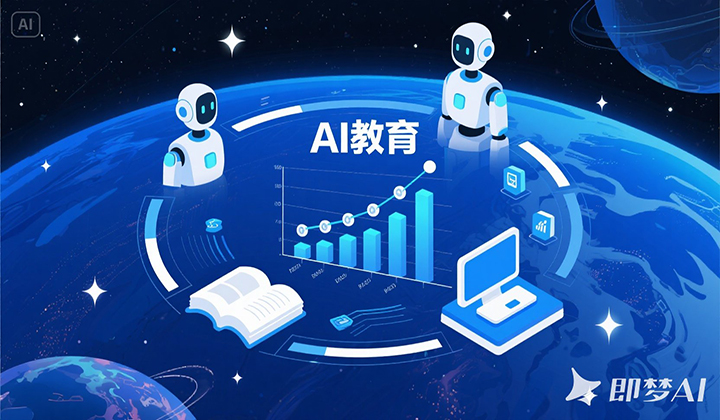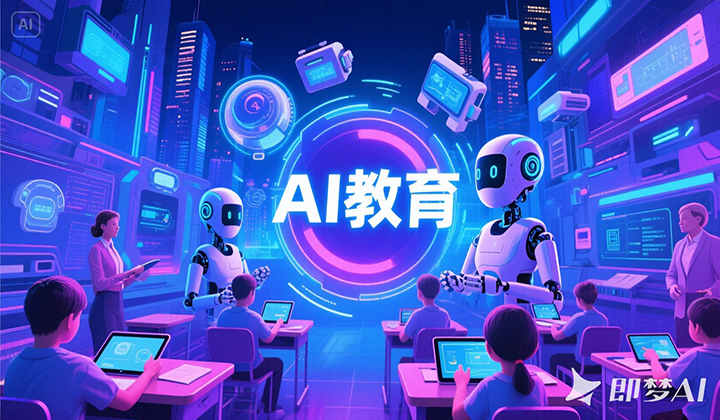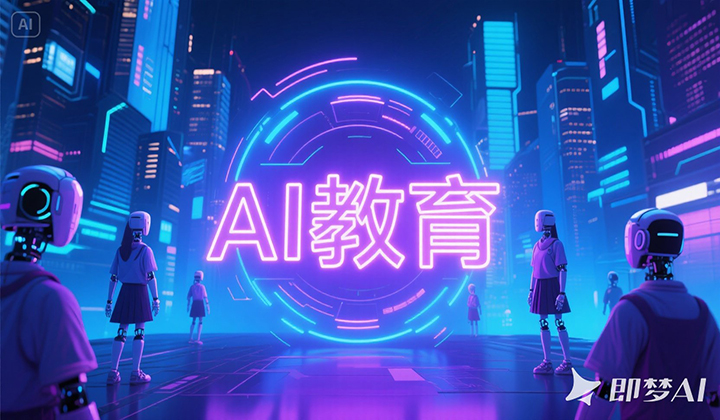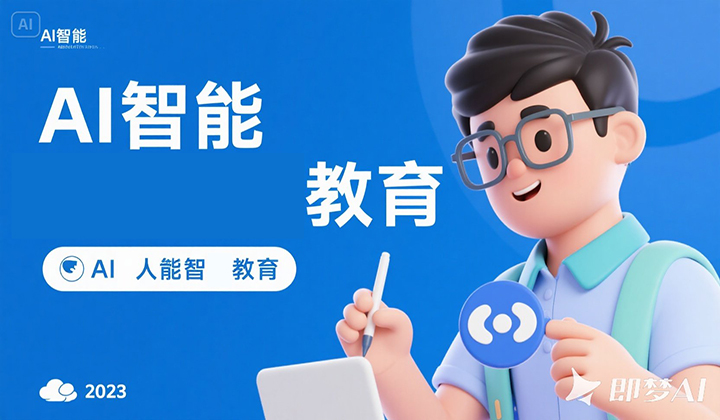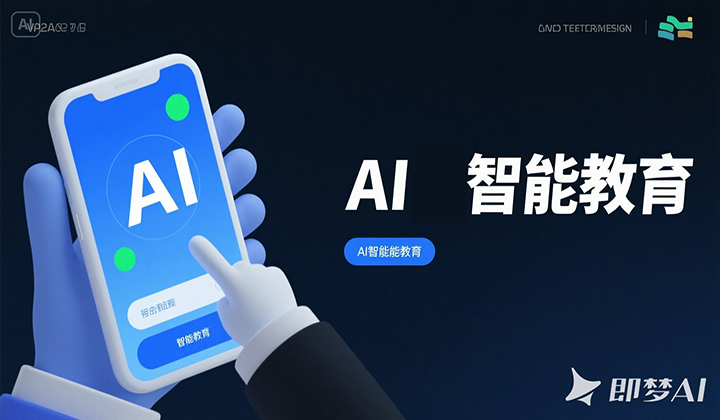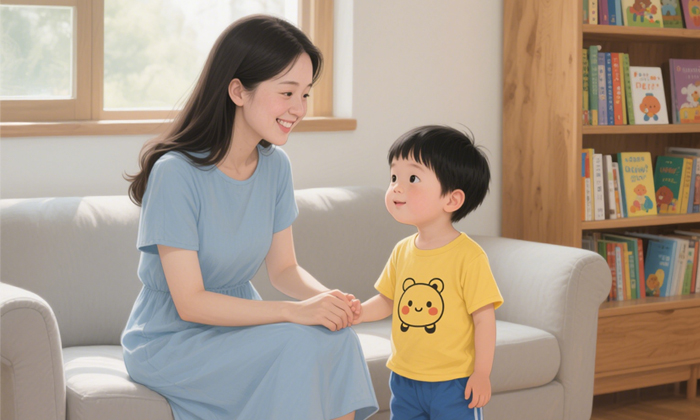AI Enlightenment Education: Anchoring Human Coordinates in the Tide of Intelligence
The evolutionary pace of artificial intelligence is redefining the boundaries of education. As GPT-4 passes certified public accountant exams and AlphaCode outperforms 85% of human programmers in coding competitions, a fundamental question emerges: In an era where machine intelligence rivals or surpasses human capabilities in specific domains, must we redefine the essence of education?
Global education systems are undergoing a silent yet profound paradigm shift. The World Economic Forum’s Future of Jobs Report predicts that by 2027, 42% of work hours will involve human-AI collaboration. Cambridge University research reveals that adolescents trained in AI thinking exhibit a 2.3x greater improvement in complex problem-solving compared to traditional education models. These statistics reflect not just technological change but a revolution in human cognition—when machines can instantly access humanity’s millennia of knowledge, education’s core value must shift from “knowledge transmission” to “cognitive forging.”
The true breakthrough of AI enlightenment lies in cultivating “hybrid thinking” irreplicable by machines. When 8-year-olds use visual tools to train image recognition models, they master the scientific methodology of hypothesis-validation-iteration. When 12-year-olds analyze emotional tendencies in classical poetry using NLP, they construct interdisciplinary cognitive frameworks. MIT’s Extended Intelligence project confirms that students collaborating with AI excel in systems thinking and counterfactual reasoning. This capability transcends the “human vs. machine” narrative, establishing a new paradigm of cognitive symbiosis.
Yet beneath the technological euphoria lurk cognitive traps. Reducing AI education to coding is like demanding painters master pigment chemistry; having preschoolers memorize neural network formulas resembles pouring concrete on budding flowers. A deeper crisis lies in value dislocation: as institutions use AI systems to screen “top students” and parents chase “AI college entrance predictors,” we risk erasing humanity’s most precious traits—unconventional thinking, risk tolerance, and creative failure.
Resolving this requires three-tier defense mechanisms:
-
Cognitive balance: Integrate technical and humanistic perspectives, such as pairing AI analysis of the Mona Lisa’s golden ratio with discussions on Da Vinci’s humanist spirit.
-
Methodological transparency: Develop “explainable AI” tools to demystify algorithmic decision-making.
-
Ethical foundation: Embed AI ethics in curricula, exploring dilemmas like self-driving car trade-offs and facial recognition’s privacy paradox.
In this transformation, families and schools must redefine roles. Parents should act as “cognitive filters”—when smart speakers tell fables, guide children to ponder how speech synthesis reshapes narrative logic. Schools need teachers as “thought curators,” leveraging technology to amplify—not replace—educational wisdom. Finland’s experiment offers insight: while AI grades essays, students write “machine feedback reflection reports” to hone metacognition.
At civilization’s inflection point, AI enlightenment’s ultimate goal crystallizes: not to create “humanoid machines,” but to safeguard machine-undecipherable humanity. As quantum computers parse the chaotic beauty of Zhuangzi and generative AI mimics Van Gogh’s brushstrokes, education’s highest mission remains nurturing qualities forever unquantifiable by algorithms—awe before the unknown, tolerance for contradiction, and visceral resonance with beauty. These sparks deep in humanity’s core will endure as the sturdiest ark in the age of intelligent civilization.







